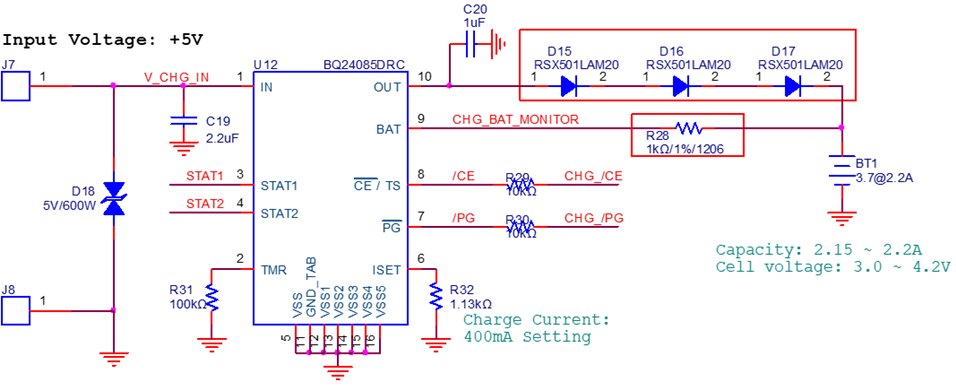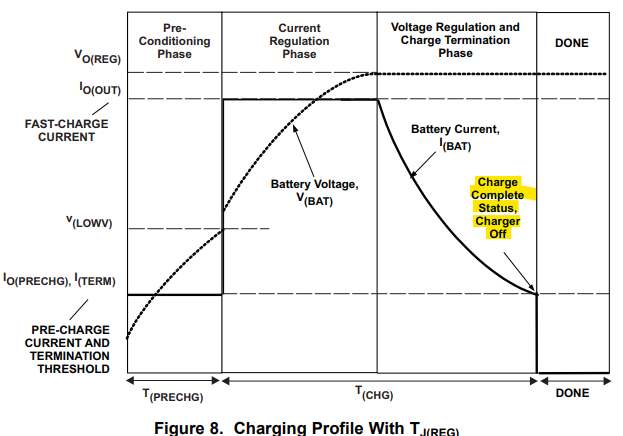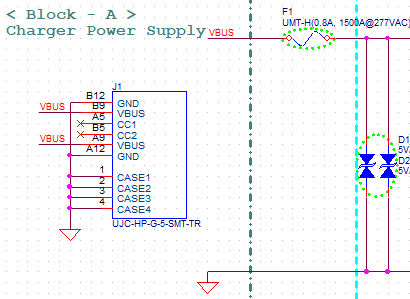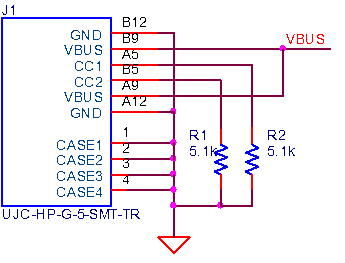Tool/software:
Hi, TI expert
There is an inquiry from a customer about charging profile of BQ24085.
If you look at Figure 8. Charging Profile in BQ24085 datasheet, you can see that Io(OUT) output is supplied and charged to the battery with a steady current until V(BAT) = Vo(REG) is reached, and when V(BAT) = Vo(REG): 4.2V is reached, the current decreases and charging ends.
However, during actual measurement, it was confirmed that BQ24085 OUT(10pin) output current decreases when Vbat(9pin) reaches approximately 3.8V.
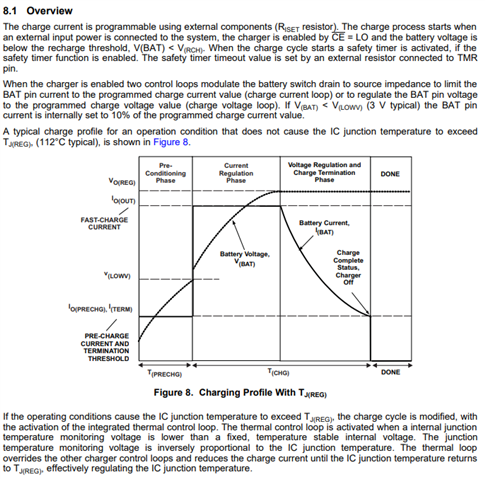
[Actual measurement graph]
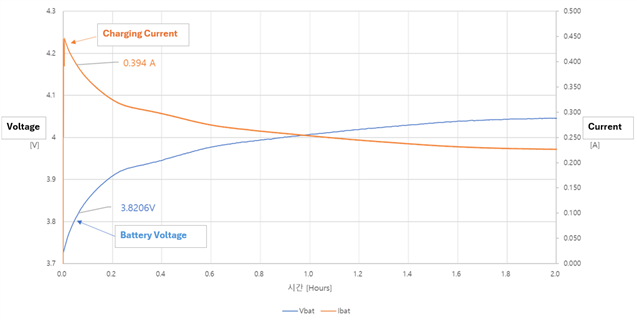
Please check why this part is like that.
If you need any additional information, please let me know.
Thank you.


